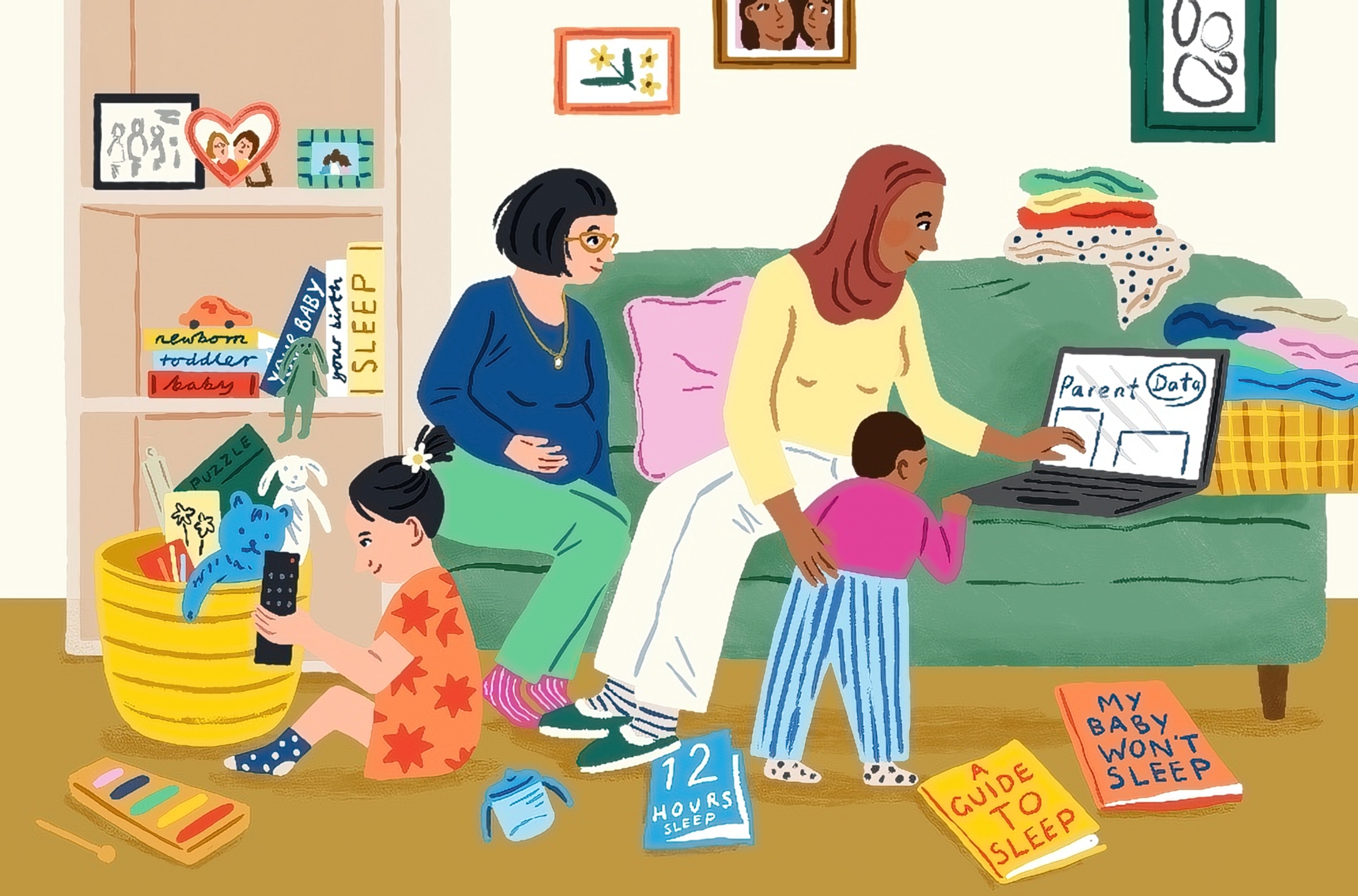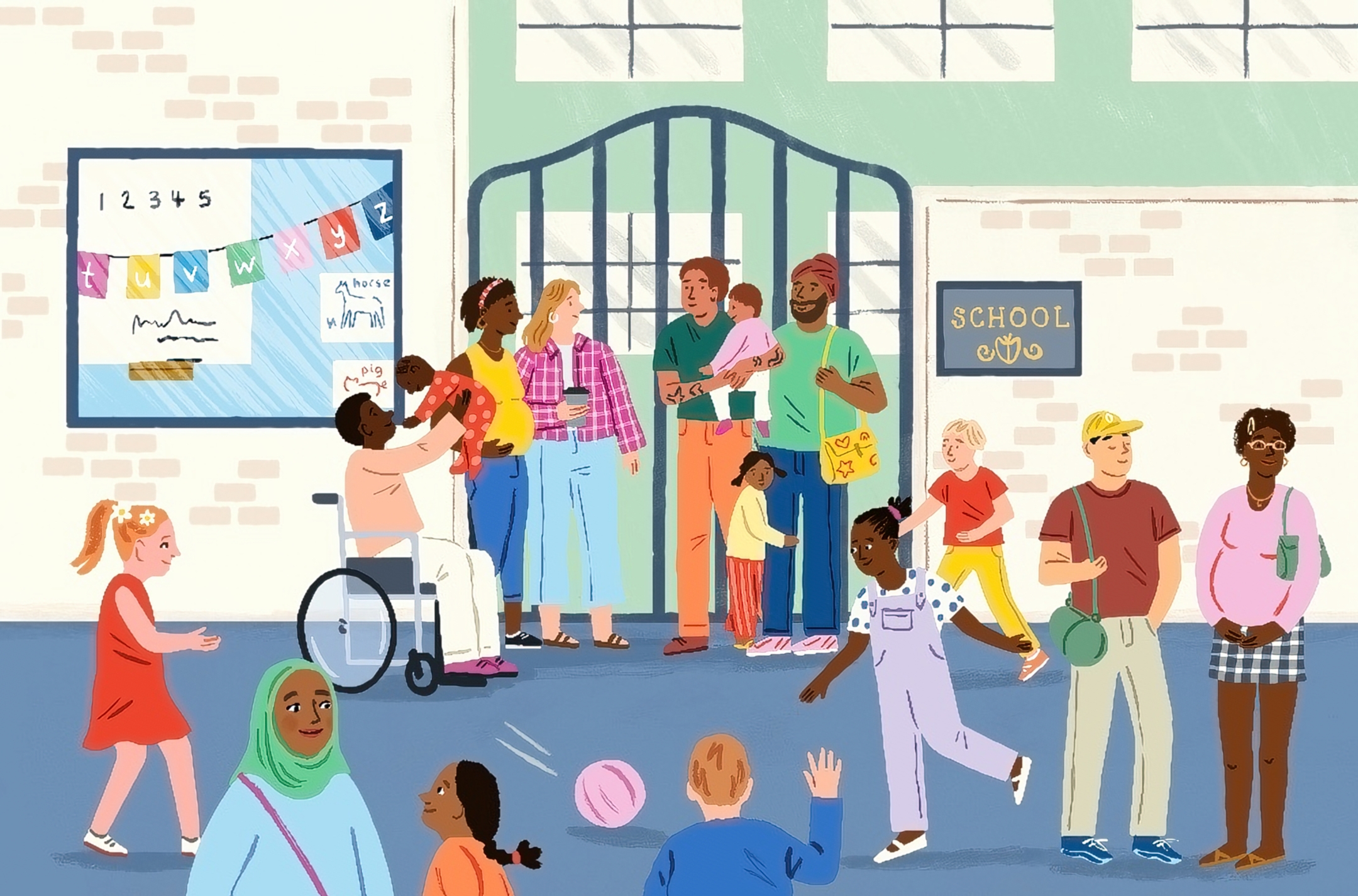I hope the holidays so far have been…well, what you settled for. I mostly cooked: turkey (great), stuffing (failed again), celeriac mashed potatoes (vegetable sneak), brisket (this was the 5 year old’s decision, improbably pulled from the Asana company cookbook), Swedish meatballs (a lot of work), fluted almond cookies (hard to get out of pans), mac and cheese in instant pot (cleanup almost marriage-ending), chocolate pudding. My older kid made some excellent mini cupcakes with marshmallow chocolate frosting, a peanut-and-chocolate sauce for the almond cookies, and some type of chocolate-coated cookies for Santa. Oh, and chocolate covered marshmallows. Basically, I ate my way through the week. It’s all salad for January.
We are now staring down New Years and the hopes that 2021 brings better things. There are reasons to hope on the COVID-19 front. A new administration will get a crack at better managing the virus (and everything else) and as of this writing the New York Times reports 1.9 million people have been vaccinated. But as many, many people have noted, vaccination is not a solution that will work next week. We have at least another few months in which better non-vaccine management will save lives. Maybe tens of thousands of them. And beyond that, the fact is that the virus isn’t going to completely go away, probably ever. (Mutations — as in the UK variant — may arise, but more than that there simply isn’t any reason to think we can control this like smallpox and completely eliminate it).
To be frank, a worry I have is that the promise of the vaccine will lower public and policy interest in other approaches. This would be a mistake.
What other approaches? There are the obvious ones: mask wearing, distancing when possible and hand washing. And then there are the harder things, the restrictions like not seeing others, avoiding large gatherings, and so on. And, finally and to me perhaps the most central and ignored: testing.
I remember a call I had, early in the pandemic, with Ashish Jha, who is the Dean of the Public Health school at Brown, and has been a guiding force for many in the pandemic. When we talked, back in May or even before, he focused on the promise that easy, frequent testing would allow us to return to normal far before the vaccine. I wrote, way back in April, about the value of random testing for tracking the virus. In these early days, when the vaccine possibilities were less obvious, there was a sense that more testing would help us find a way out.
In some situations, testing as held up to some of this promise. At many Universities in the Boston area (including my own), the virus has been largely controlled by testing the entire population twice a week. In Colorado, a pilot program has provided weekly testing for teachers. Some (private) schools have been doing comprehensive testing of their populations. But by and large, the kind of testing Ashish and I talked about in May has not come to pass.
This reflects probably a few failures. Testing infrastructure took a very long time to develop (it’s still hard to get a test in many places). Test results take a lot of time to come back. The approval of rapid tests has been very, very slow, in part because it’s hard for people and policy-makers to understand their value. They are not quite as sensitive as diagnostic tests, but are hugely valuable for population surveillance.
The arrival of 2021 provides a new opportunity to refocus this discussion. The FDA has just issued an Emergency Use Authorization for an at-home COVID antigen test, and hopefully more will follow. The Biden administration is focused on the role of testing for their goal of reopening schools. Rhode Island put a rapid COVID testing site in the mall, so people can pop in for a test while they shop.
I’m going to talk more about this in the upcoming weeks. I hope to have an interview with Michael Mina, who has spearheaded some of these tests and strategies. And I’ll talk, of course, about using these in schools. I think there is a lot of promise. But I think there are also two very large barriers.
The first is the lack of a plan. In order to appropriately use testing — in homes or in schools or nursing homes or restaurants — we need to outline very specific plans for timing, frequency, implementation. There is a huge, huge gap between saying “Let’s test all kids for COVID twice a week at school” and actually doing it. Logistics of this type have been one of the failures of the pandemic, and if we want to avoid failing at this again, we need very concrete action plans.
These plans would ideally be centralized or at least suggested by some central policy actor. Pandemic response suffered from a bizarre degree of local control. Quarantine policies for COVID vary across states but also, in some cases, across neighboring suburbs. Local control has its moments, but my guess is our testing plans will be better developed if they are a little more coordinated. Central to this will be deciding how we use rapid tests versus PCR tests, and considering testing frequency. There are plenty of local plans we can learn from, we just need to do it.
The second significant barrier is a little different. It’s shame. Whether we recognize it or not, there is a lot of shaming people for getting COVID, and a lot of shaming of any location known to be a place where COVID was spread. The goal of this type of shaming seems to be to encourage better behavior — do well, and you wont get COVID and be shamed.
There is an element of truth here. Clearly, there are more and less safe ways to behave and more and less safe ways to run your business/school/long term care facility/etc. But there is also a huge element of chance.
COVID is a contagious disease. You can get it even if you do everything “right”. And you might not get it even if you do things which are really unsafe. It’s possible for a restaurant to take all the right precautions to lower the COVID risk and still have a transmission occur; similarly, they can do nothing and avoid it.
There is a fine line between discouraging risky behavior and shaming people who get COVID-19. And when we cross the line to shaming, it’s not likely to be productive.
For one thing, shaming people is not usually an effective way to get them to do things. For another, in this case shaming discourages testing. Imagine you come upon a pop-up testing site in the mall while shopping for pants. No line! Public health is served by your testing. In the unlikely event you do have COVID, we want to know. You can isolate at home and take the virus out of circulation, possibly avoiding passing it to the cashier at Old Navy.
We want people to test. But if they know they’ll be shamed if they do have it, they’re going to be a lot less likely to do so.
This isn’t just about asymptomatic testing. We have probably all heard reports of people with symptoms avoiding testing, waiting it out, perhaps in part due to the fear of judgement. We need to reframe testing as a part of being responsible. And, by extension, we need to send the message that, yes, people can get COVID-19 even if they are “good”, whatever that means.
The shame extends to institutional entities, even to governments. Our accounting of the pandemic across locations has focused on case rates — count of case per 100,000 people. Such case rates are increased with testing. The more you test, the more cases you uncover. This is good in the sense that people can be pulled out of circulation, but it makes the case rate look worse. Governors who do not want to be the “worst” state have odd incentives in terms of encouraging testing.
Institutions like schools have the same problem. I hear from school staff who tell me that their school has discouraged them from testing because they do not want a case to be associated with their school. Some schools are resistant to widespread random testing of students and staff for fear they will be called out for positive cases.
This all limits our ability to learn. In the case of something like schools, even if they are low risk, they aren’t no risk environments. If we identify transmission in schools, we want to know how it happened. Not to blame schools or the people who are sick! But to avoid infections in the future if possible.
If we can make testing easy — rapid, frequent, routine — that will help dial down some of the shame. Basically, we’ll realize that a lot of people are getting COVID for random reasons, and it will hard to sustain the COVID-shaming. Plus, we’ll start to see the benefits of the added detection. But the shaming may be in the way of getting to more testing in the first place.
Again, this isn’t to say we shouldn’t encourage safe behaviors among both individuals and institutions. We should! But one of those safe behaviors is testing. And testing will find cases. So for 2021, a resolution, a hope: More tests. Less shame. Less COVID.
Happy New Year.
Community Guidelines














